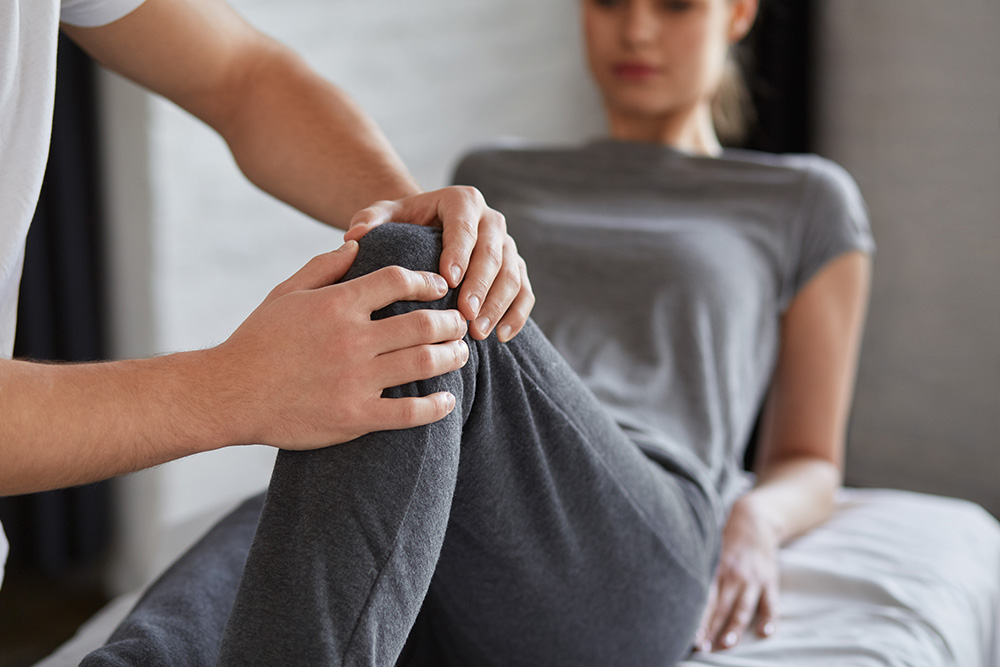
By Dr. Richard Cunningham | Vail-Summit Orthopaedics & Neurosurgery (VSON)
When recovering from an ACL reconstruction, patients are eager to get their motion restored. Many gauge their progress by how far they can bend their knee, tracking knee flexion degrees each week. But after ACL reconstruction surgery, extension or getting the knee fully straight, is actually more important. Without restoring full knee extension, simple functions such as walking with a normal gait, cannot be achieved.
Why Extension Matters First
After ACL surgery, swelling and pain often limit both bending and straightening. But regaining full knee extension is critical. The ability to get the knee completely straight ensures normal walking mechanics, prevents scar tissue buildup, and protects the long-term function of the joint.
“As surgeons, we emphasize extension first and foremost,” Dr. Cunningham, knee specialist at Vail-Summit Orthopaedics & Neurosurgery explains. “If you don’t achieve it early, it becomes very difficult to restore later. That’s why physical therapy after ACL surgery starts with working on getting the knee straight before focusing on bending.”
Understanding Flexion and Range of Motion
Patients often ask about their progress in terms of full knee flexion degrees. A typical goal is to reach 90 degrees within the first few weeks, and eventually around 140 degrees for most athletes. Full knee flexion degrees allow for activities like squatting, climbing stairs, and returning to sports that require deep bending.
Still, flexion milestones should never come at the expense of not working on regaining extension. Pushing flexion aggressively before achieving full knee extension can actually delay recovery and increase stiffness.
The Balance in ACL Physical Therapy
The sequence of recovery is clear: extension first, flexion second, strengthening third. ACL physical therapy carefully balances these priorities. Early exercises often include heel props, prone hangs, and low-load stretching to restore full knee extension. Once the knee can straighten fully and comfortably, more focus shifts to regaining full knee flexion through gentle cycling, wall slides, and squatting.
This stepwise approach protects the healing graft and ensures achieving a smooth, pain-free gait before advancing to higher-level activities.
Returning to Sports and Life
For athletes and active individuals, the ultimate goal of ACL physical therapy is returning to the field, court, or mountain. Achieving full knee extension early lays the foundation for strong, efficient, normal movement patterns. Adding full knee flexion and later strengthening allows for the ultimate return to explosive athletic actvities.
Dr. Cunningham emphasizes, “It’s not just about regaining motion, but prioritizing extension in the early phases of rehabilitation in order to restore a normal gait pattern and then restoring flexion and ultimately strengthening.”
Final Thoughts
ACL recovery is a marathon, not a sprint. While patients may wish to concentrate on flexion, gaining extension sets the stage for success. By prioritizing full knee extension in the early weeks, patients protect their long-term results and set themselves up for a safe, successful return to full activity.
To learn more about ACL surgery and ACL physical therapy, please reach out to our team today.
